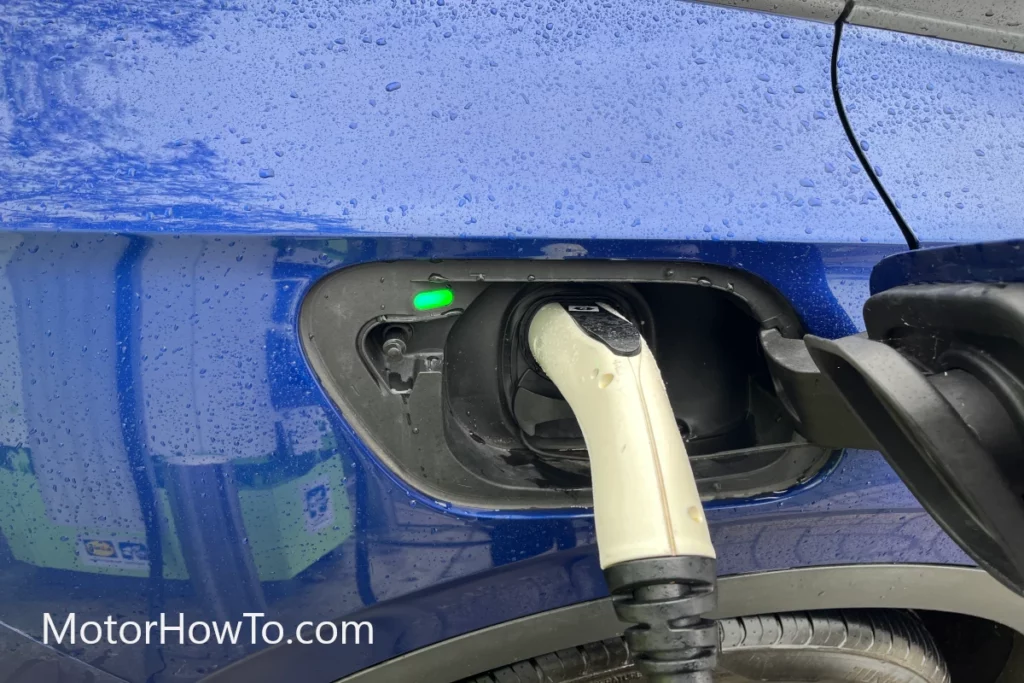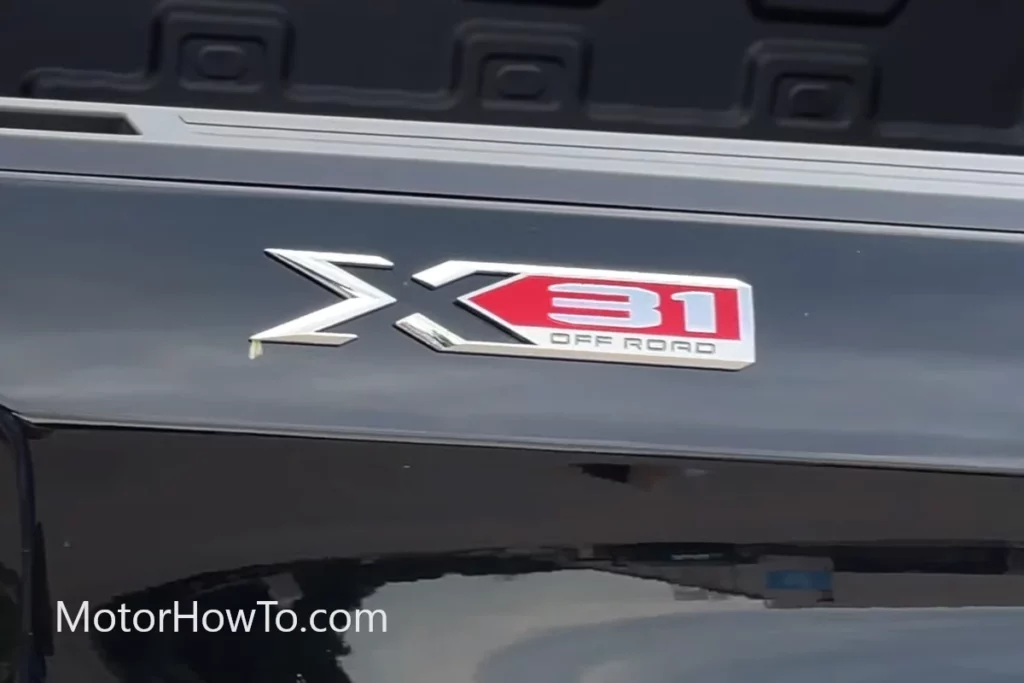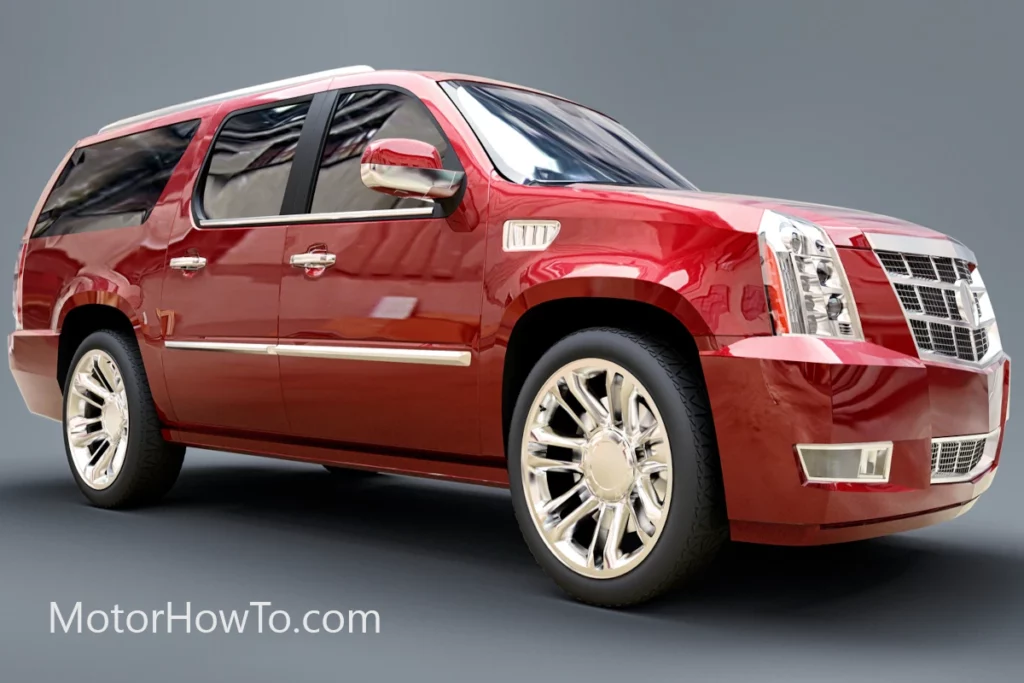The car heater does use the car battery, but not in a significant way that will impede its performance.
If you’re in the northern regions of the world, you’re probably bracing for winter.
But how can you protect your car and its battery from damage in the cold?
Here’s What Happens To Your Car Battery When Heater Is On
The car battery does not power the car heater. The heat is generated from the car’s engine as it combusts fuel. The battery powers the heater fans, transmitting the heat from the engine inside the vehicle.
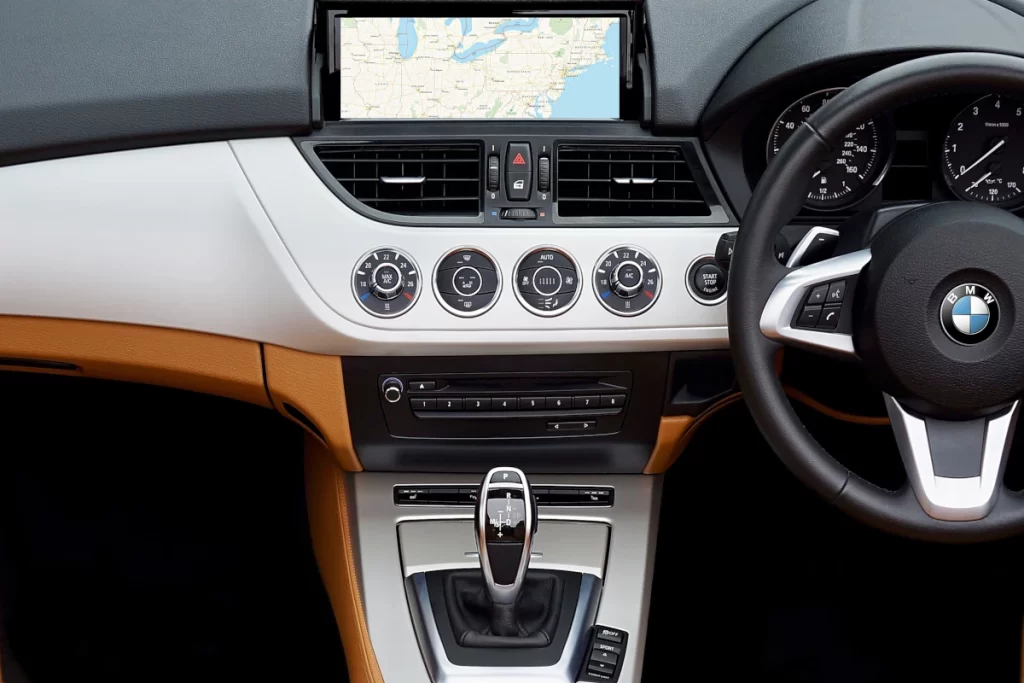
Margaret Wilcox invented the first internal car heater back in 1893. Back then, heaters were not considered necessary in cars since most cars were not enclosed.
Cars didn’t start to have windows and doors until after the turn of the century. Even after this period, many vehicles on the road were completely exposed to the elements.
It wasn’t until after the 1930s that most cars started to adopt windows and doors. This made heaters a more practical addition to cars.
Nowadays, heaters are an automatic feature of almost every car on the road. The car battery and engine work together to safely bring heat inside the vehicle.
Although it draws its heat from the engine, the heat couldn’t enter the car without the fans pushing it. This doesn’t impact the car battery significantly, however.
Related:
- Why is My Car Heater Blower Squealing and Screeching? (Solved)
- Is Car Heater Bad For My Health? (8 Preventive Measures)
- What Is Dual Climate Control In A Car? (Explained For Beginners)
What Does The Car Heater Run On?
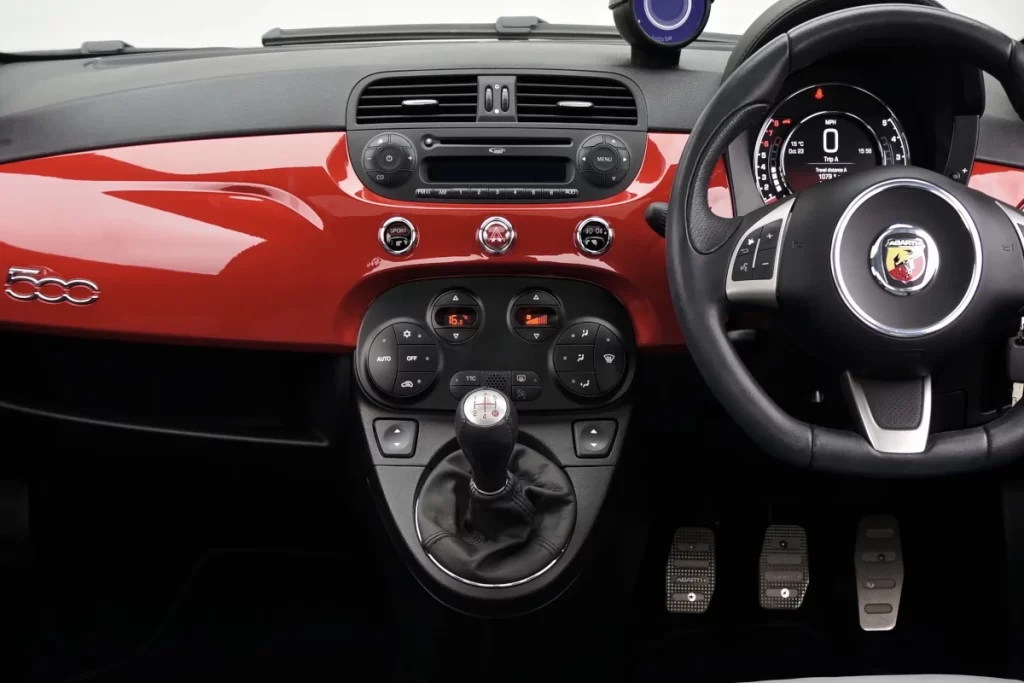
The car heater runs on the fuel inside the car. However, thinking that the car heater significantly increases fuel consumption is inaccurate. Since the car engine naturally produces heat, this heat is simply transferred inside the car.
The car’s heater uses two energy sources to power itself:
- Vehicle engine
- Vehicle battery.
Although the energy consumption is not significant, it does impact the car’s gas or energy consumption to some degree.
Even though the heater uses gas or fuel, it will not increase the car’s overall energy consumption. The car engine must run and burn fuel to power your car.
So, if you’re driving your car, this gas or fuel is consumed whether or not you use the heater.
This is similar to how the car’s air conditioner works. The air conditioner draws energy from the engine and converts it to cool air.
However, unlike the heater, this process uses significantly more fuel and energy. This is because the car engine burns fuel which produces heat.
The heater only requires a fan to bring the heat from the engine inside the car.
The fan is powered by the car’s battery and brings hot air inside.
Otherwise, everything else is naturally produced by the car’s engine without much intervention.
In comparison, the car’s A/C unit requires a condenser to cool the air down before bringing it inside the car.
This utilizes more fuel and battery power than the car’s heater.
How Long Will The Car Battery Last With The Heater On?
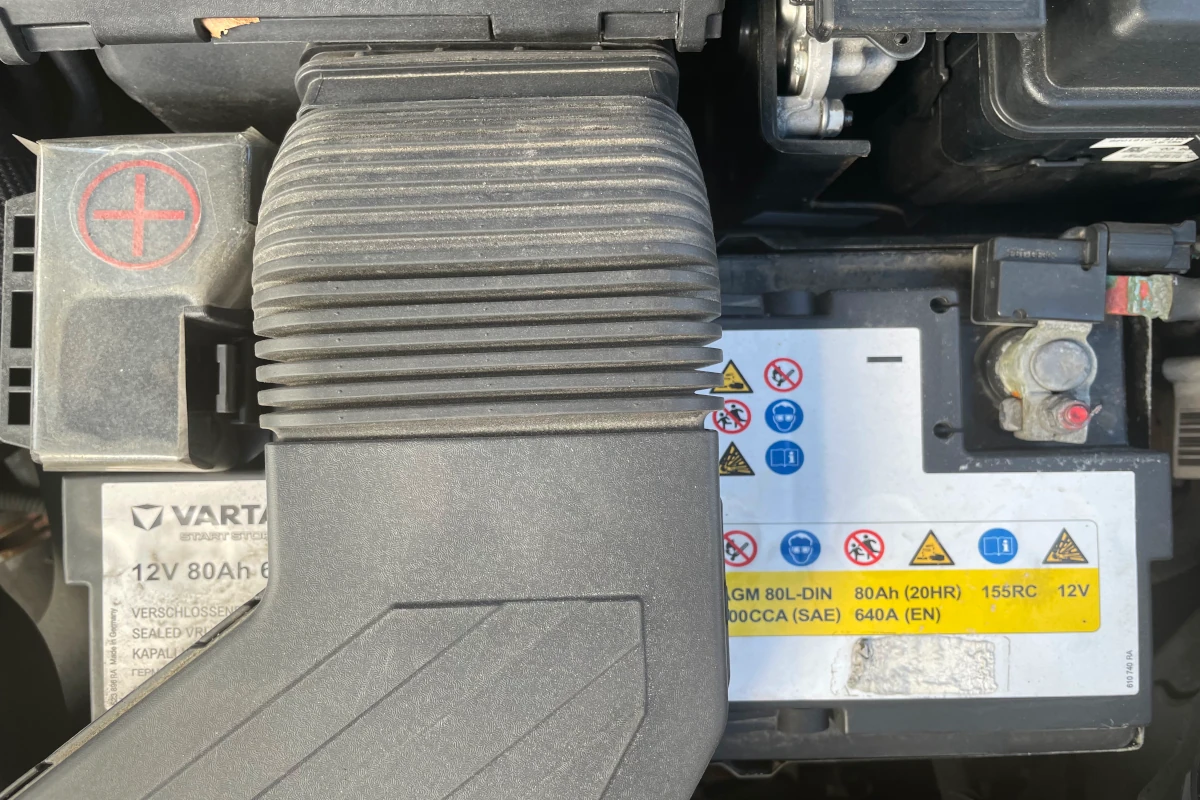
On average, a car battery will last between 1-3 hours powering the heater. If the car engine is on, the heater will stay on until the car runs out of fuel. Although, this will not kill the car battery unless it is somehow drained or damaged.
As we briefly mentioned above, the car heater does not use the car battery directly. Rather, the warmth is produced thanks to the combustion engine of the car burning fuel and producing heat.
However, the fan, which transports the heat from the engine inside the car, uses the car battery. Some people leave the heater on while the engine is off, believing it will warm their car while they wait.
This isn’t just a waste of the car battery, though, it’s also a waste of time.
The heater fans can’t produce heat on their own. If the engine is off, there is no heat source to warm the inside of the car.
Most of the time, people leave the heater on after they arrive at their destination. In this case, the heater might be blowing warm air inside the car from the remaining heat blowing off the warm engine.
Although, in most circumstances, this heat will wear off before the car battery dies. This means you’re unlikely to kill your car battery by using the heat by itself.
Rather, the following are more likely to drain your car battery than the heater:
- Radio
- Plugged in phones
- AUX cords
- Leaving lights on inside the car
- Leaving headlights on
The battery can also be drained by external hot or cold weather.
While you can run the heater when the engine’s off, it’s not necessarily a good idea.
What Can You Do If You Kill The Car Battery?
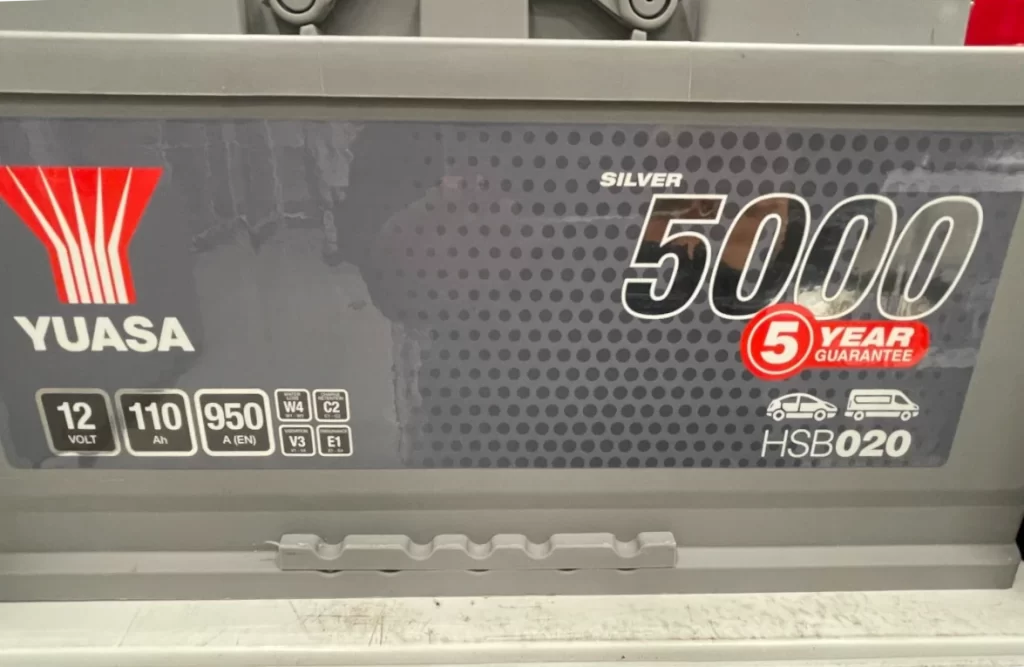
The most common solution to fixing a dead car battery is to give it a jump with electrical cables. These cables are specifically designed for the car battery and draw energy from a charged battery to the dead battery. This process will revive the dead battery so it can run once again.
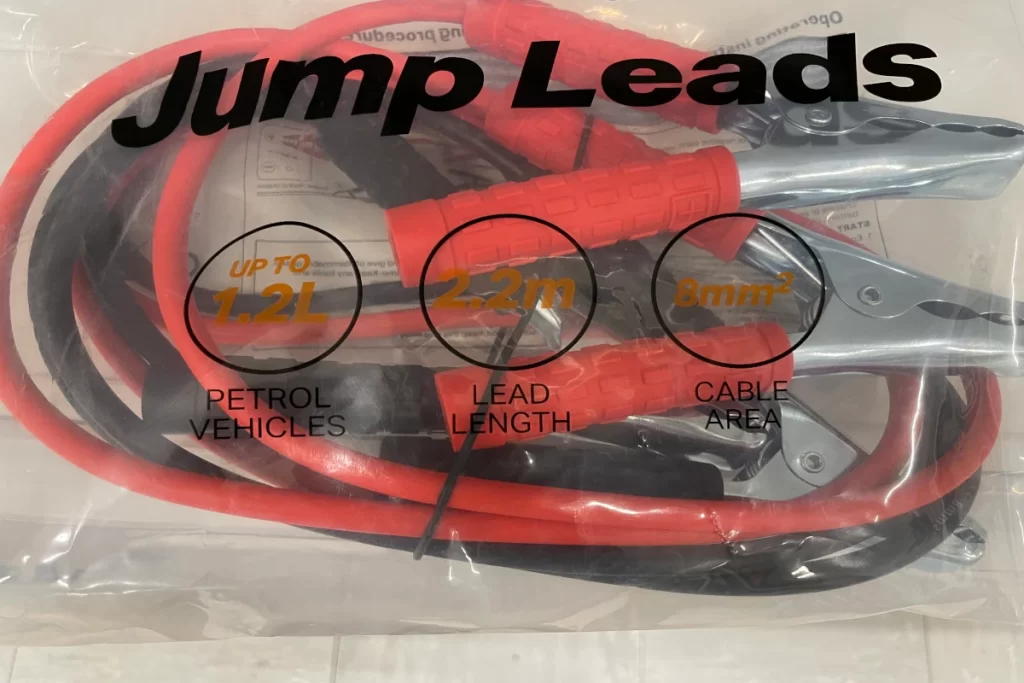
Jumper cables are made to boost the dead battery to start and power the engine. The car battery works as the ignitor for the engine, so without this, the car will not start.
Unless there’s an issue with your car, the battery should last for years before it dies for good. The battery is connected to the engine and draws its power and energy from the engine.
Thus, as long as the battery is connected correctly and nothing impedes its charge, it shouldn’t die. But, if the engine isn’t on and you’re running the heater, it can kill the battery.
Since the battery isn’t drawing charge from the engine and is powering the fans, it can die.
Jumper cables are the only way to fix this issue. However, you must know how to use these correctly.
Below is a helpful step-by-step guide for proper use:
- Position the dead car near a properly charged car battery
- Connect both of the red clips first to the car battery
- Connect the black clip second to the car battery
- Connect the other black clips to the other metal portions
- Turn on the charged car and let it idle for several minutes
- Test the dead car and leave the cables on until the car is charged
Never try to remove the cables while the car is running. This could seriously hurt you, your car, and the engine.
How Can You Protect the Car Battery?
Heat is a significant killer of battery life. If you live in a very hot and humid region, you might want to put the car in a garage that’s climate controlled. However, even in this instance, the impact won’t be significant on your battery’s lifespan unless it’s extreme.
Car batteries require care and maintenance just like other parts of your vehicle. If you notice crystals forming on the outside, or the presence of battery acid, you should get it replaced right away.
This could be signs of damage or leakage. This could harm your vehicle, and the battery and potentially cause you to stall on the road.
Second, maintain a fresh supply of coolant in your coolant system. Coolant moves through the engine and the car components, keeping it cool while it runs. This prevents the car from overheating, which can harm your battery.
Last, if you find that your battery is losing power, it could be an issue with its connection. It might not be charging correctly while the car is on, slowly depleting its energy.
Conclusion
While the car heater uses power from the battery, it’s insignificant compared to other features. The radio, air conditioner, and headlights utilize much more energy than the heater.
However, this doesn’t mean you should leave the heater on while the engine is off. As we discussed, the engine will not be producing heat while it’s off, and the battery will be wasted.
Try only to use your car features while the engine is on! This will protect your car and the battery.
Sources
Goodwood: How in‑car heating has evolved the last 100 years – Axon’s Automotive Anorak
Endesa: How much petrol does your car’s heating and air conditioning use?
East Bay Mini: DOES CAR AC USE GAS?
Firestone Complete Auto Care: DOES HEAT DRAIN CAR BATTERIES?
How Stuff Works: How to Use Jumper Cables

